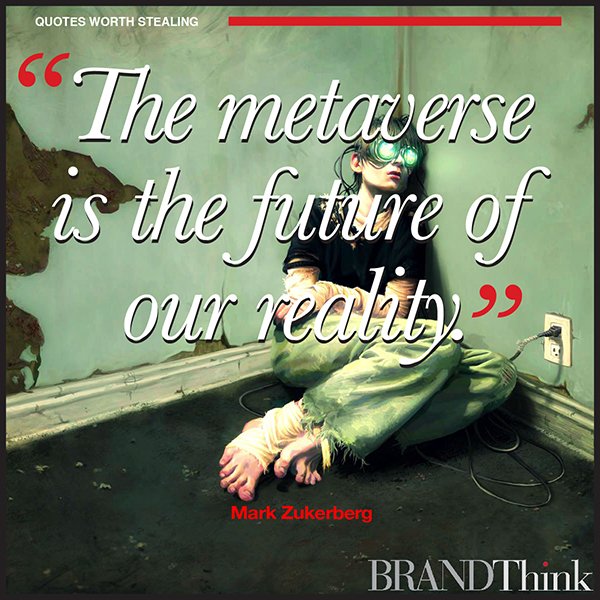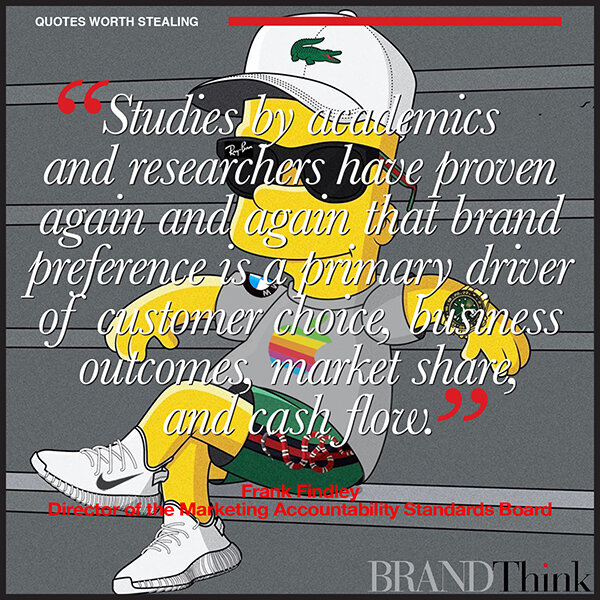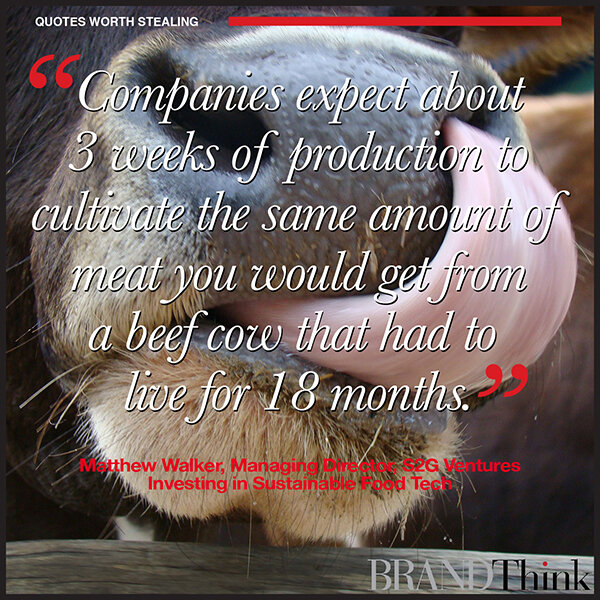The metaverse is still all the rage.
Take Fluf World, for example. A collection of 10,000 3D, programmatically-generated rabbit avatars, each with unique features and life stories. These avatars are not like the skinned characters that you rent in Fortnight. Instead, they are yours in perpetuity, sellable, they can own property called Burrows, and are managed on a blockchain where the community shares control.
A lot of doubts swirl around brands and the metaverse. The technology is notoriously inaccessible, and creating a brand presence in a metaverse community can cost hundreds of thousands of dollars. And is the audience actually there? Not so sure. Getting involved in these initiatives, as Ellie Bamford noted in Ad Age, “It’s not as free as you think.”
These Web3 destinations built on decentralized blockchain solutions are touted as the next big place to build long-term brand engagement. How they actually evolve is still feels like an experiment. Doubts aside, these NFT communities and startups are raising massive amounts of venture capital, and eventually, when access is democratized, things might take off.
For now, it feels a long way off from being a viable channel for building brand. However, if brands want to be prepared for when the space matures, the experimentation must begin now. Solutions and fads will come and go until the metaverse and web3 finds their level. Mass adoption allowing brands to have the mass reach they want is, well, for now, a lot of fluff.




















